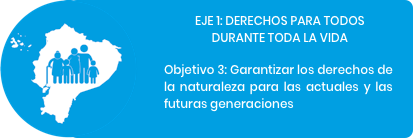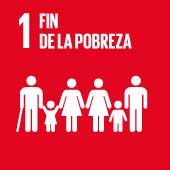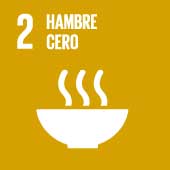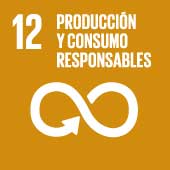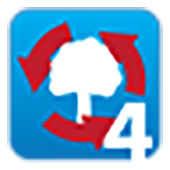Small Pelagic Fishery is reported as an industrial process since 1960. During the 1970s, an industrial fleet growth occurred due to the collapse of the Small Pelagic Fishery in Peru with larger and more equipped vessels (Aguilar, 1999) (González, et al., 2008). The catch peak was in 1985 with nearly two million tons of Small Pelagic Fishery distributed almost entirely in nine species.
Since the 1990s, there has been a decline in the capture of the main Small Pelagic Fishery species due to several factors such as the “El Niño”, event, oversized fleet, lack of regulatory measures of the fishing effort, among others (Aguilar, 1999). In recent years, the Small Pelagic Fishery has had a change in the distribution of captured species. To Such an extent that Small Pelagic Fishery species considered secondary (“other”) represent more than 40% of total catches in the 2016 and 2017 (INP, 2018).

Some characteristics of the fishery are:
- The Small Pelagic Fishery is the second most important fishery in economic terms.
- It is a multi-species fishery (about 10 main and more secondary species). see species
- The purse seine fleet currently has 267 purse seine vessels with a total catch capacity of 27,767m3.
- The direct actors in the entire supply chain are estimated at 23,000.
- Fishing is intended for various uses including direct human consumption (canned and frozen) and for the processing of fishmeal and fish oil for the aquaculture industry.
- The export of fishmeal is the second most important item in the fishing sector in terms of volume and income. Export volumes during 2016 were113,740 MT generating foreign exchange of 57 million dollars (Anastasio, 2017).

The national platform is a multisectoral and inter-ministerial dialogue space, in which the actors, with the support of the MPCEIP and through UNDP facilitation, discuss the problems of the Small Pelagic Fishery, in order to improve social and environmental performance. of the fishery.
The general purpose of the platform is to institutionalize the long-term sustainable performance of the small pelagic fish fishery in Ecuador. Their specific objectives, with their respective indicators, are detailed below:


At least the following products will be generated within the platform:
- Fishery diagnosis and root cause analysis (RCA): Current state of the fishery in Ecuador. And determine the root causes of key problems that limit the economic, social and environmental sustainability of Small Pelagic Fishery supply chains in Ecuador.
- National Action Plan (NAP): Detailed description of steps or actions needed to reduce or eliminate the causes (identified in the RTA) that are limiting sustainability following the guidelines of the FAO Code of Responsible Fisheries.
ACR
Current status of the fishery in Ecuador. And to determine the root causes of the key problems that limit the economic, social and environmental sustainability of the PPP supply chains in Ecuador.
PAN
Detailed description of the steps or actions necessary to reduce or eliminate the causes (identified in the ACR) that are limiting sustainability following the guidelines of the FAO Code of Responsible Fisheries.
The platform consists of three elements that are chained together to build the NAP for the Small Pelagic Fishery and fishery governance system.
Steering Committee
Guide the platform, making practical decisions about the process and making decisions based on the contributions of the participants.
Frequency of Meetings: Quarterly
Plenary
It is the maximum expression of the platform where all invited actors participate to report on the progress of the NAP. The space can generate inputs for the construction of the NAP.
Frequency of Meetings: Half-yearly
Work tables
They are multidisciplinary teams of 10 to30 people that support the construction of the NAP by the development and recommendation of actions to the problems that affect the fishery.
Frequency of Meetings: Quarterly
The key actors who will participate in the platform come from four main groups.
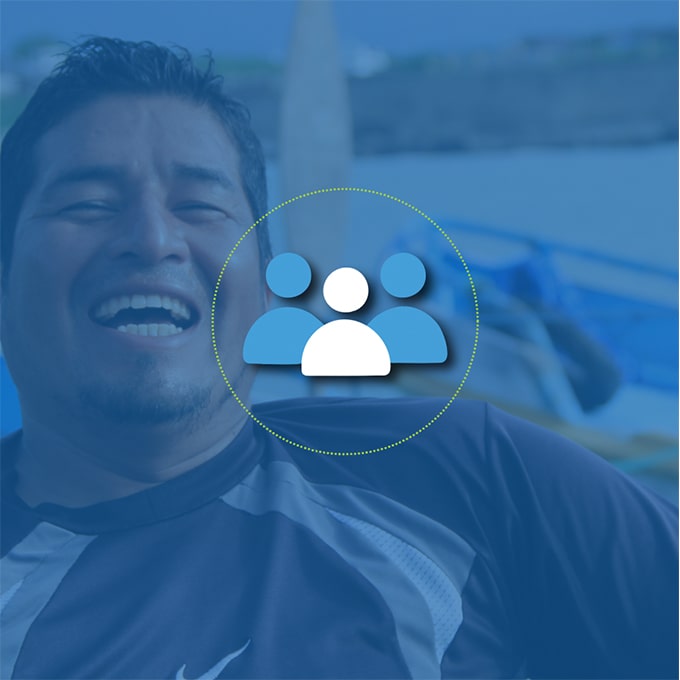
SUPPLY CHAIN ACTORS (PRIVATE SECTOR)
The Small Pelagic Fishery platform is made up of the actors in the different Small Pelagic Fishery supply chains, from the capture link to the level of national traders of by-products or finished products.
PROJECT TEAM




The Coastal Fisheries Initiative in Latin America
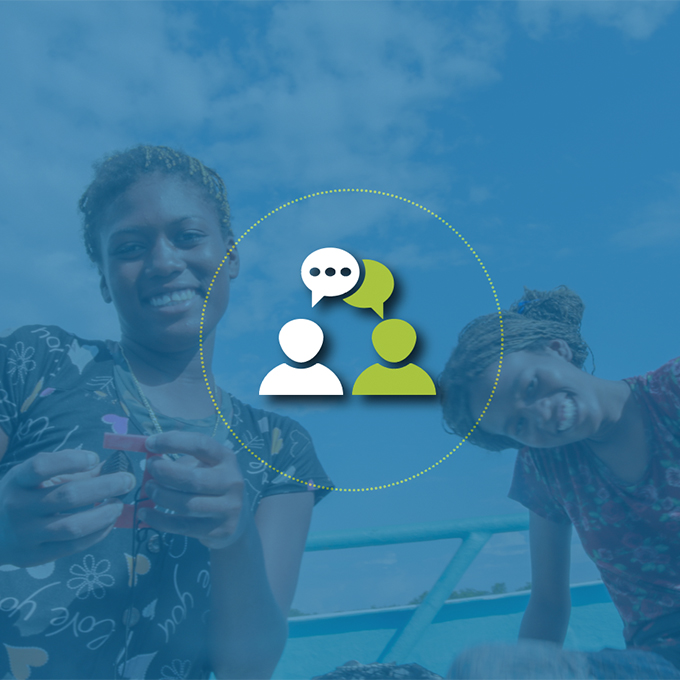
The Coastal Fisheries Initiative in Latin America (CFI) project is executed in Ecuador and Peru. The CFI aims to demonstrate holistic ecosystem-based management and improve the management of coastal fisheries in the Southeast Pacific, implementing three components: improving fisheries governance; the support to the authorities for coastal marine space planning; and the exchange of experiences, documentation and dissemination of lessons learned to strengthen the synergies between fisheries and their actors at the regional and international levels.
The initiative is carried out by the governments of Ecuador and Peru with the technical cooperation of the United Nations Development Program (UNDP) as the implementing agency of the Global Environment Facility (GEF). In addition, for the execution of the activities in Ecuador, it has the support of WWF and Conservation International (CI) Ecuador as project partners.


